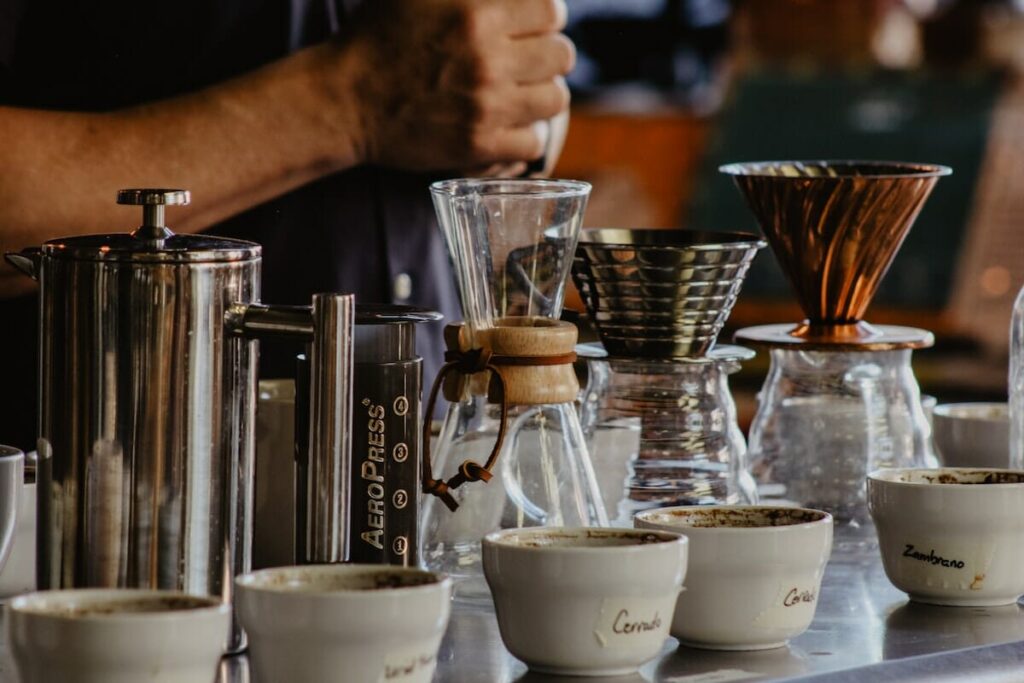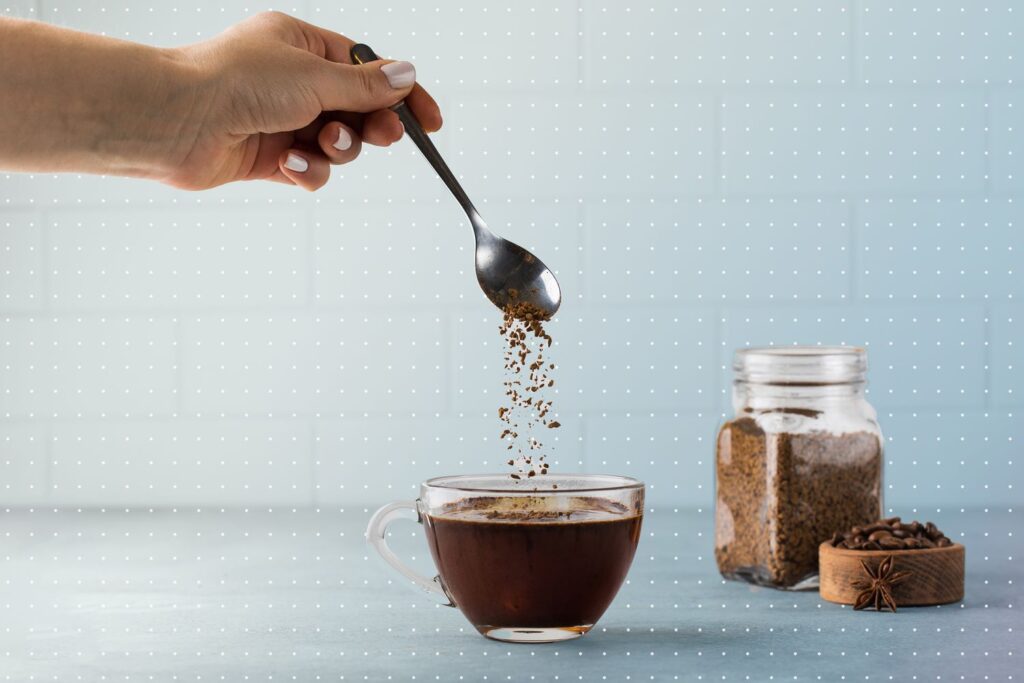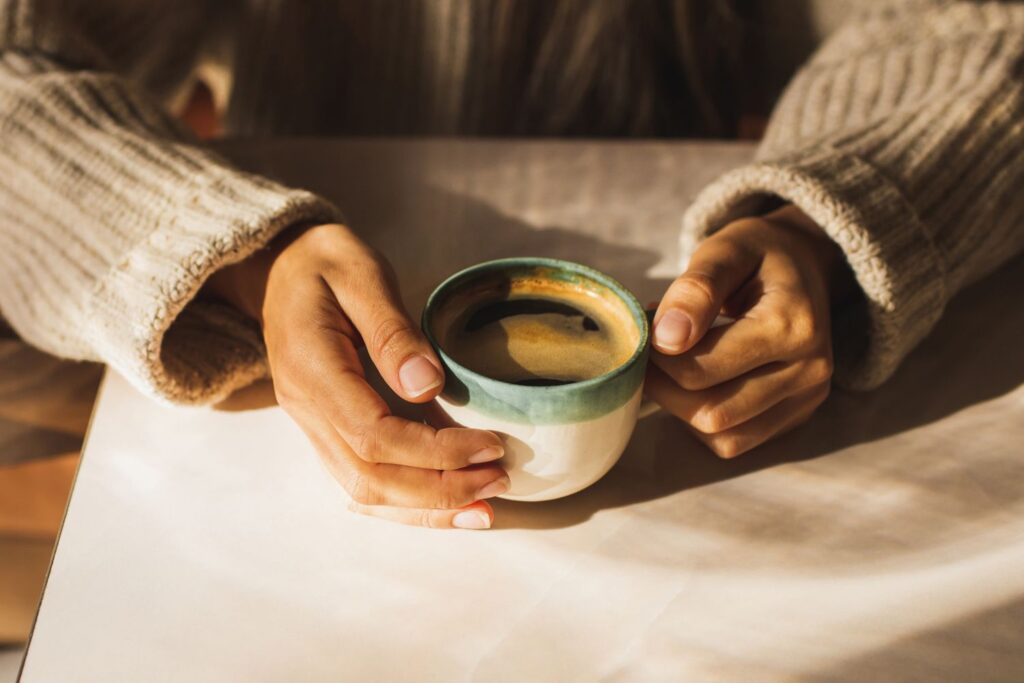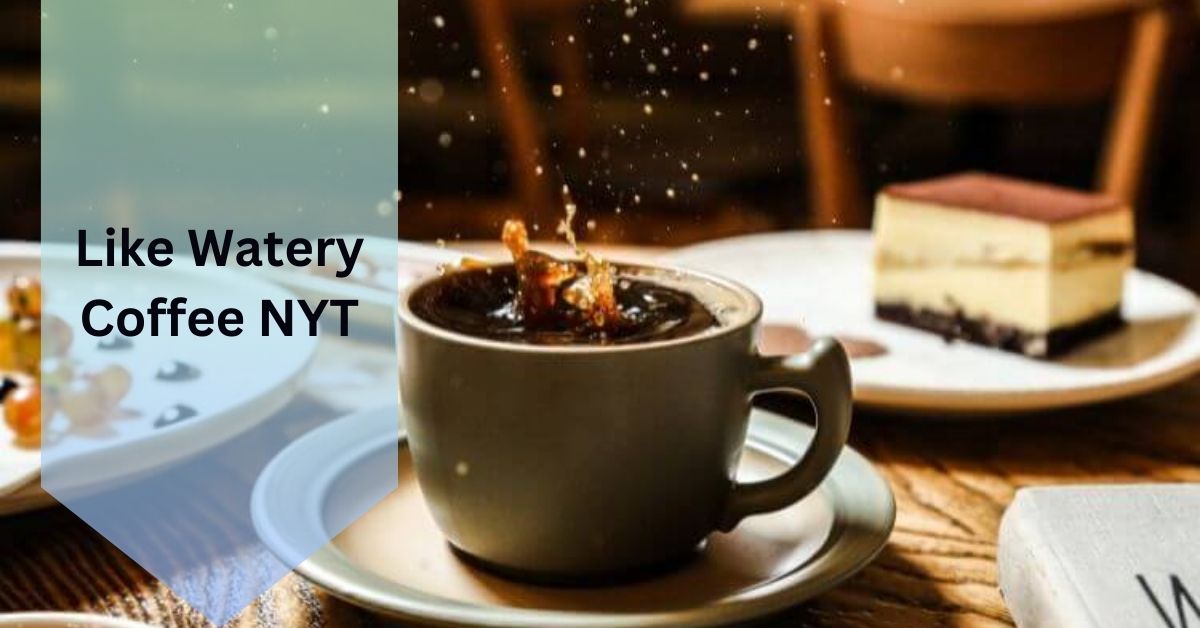Like Watery Coffee NYT – What You Need to Know!
The Stir Behind Watery Coffee:
The concept of “watery coffee” has stirred significant debate among coffee enthusiasts and casual drinkers alike. Originating from a New York Times article, this term describes a brew that is perceived as too diluted, lacking the robust flavor profile many associate with a good cup of coffee.
The article delved into the various perspectives on this lighter brew, questioning whether it is a result of evolving tastes or simply poor brewing techniques.
Initial Reactions to Watery Coffee: NYT’s Take:
The New York Times piece highlighted varying opinions on watery coffee, sparking discussions on social media and among coffee professionals. Some readers appreciated the lighter brew for its subtle flavors, while others felt it compromised the essence of a true coffee experience.
The article presented a balanced view, showcasing both the supporters who enjoy a more delicate cup and the critics who argue that it lacks depth and richness.
Social Media’s Steamy Response:
Social media platforms buzzed with reactions to the article, with hashtags like #WateryCoffee and #CoffeeDebate trending. Enthusiasts and influencers shared their brewing methods, favorite coffee shops, and personal preferences, contributing to a broader dialogue on what constitutes a perfect cup. Memes, polls, and heated discussions filled timelines, highlighting the passionate nature of coffee drinkers.
Brewing Methods Scrutinized:

The debate led to scrutiny of different brewing methods. Traditional techniques, such as drip coffee and French press, were compared with modern methods like pour-over and cold brew, each producing varying coffee strengths.
The exploration of these methods revealed that even slight adjustments in brewing time, temperature, or grind size can significantly impact the coffee’s strength and flavor profile.
Traditional Vs. Modern Techniques:
Traditional brewing techniques, often associated with richer, stronger flavors, were pitted against modern methods that some argue produce a cleaner, more nuanced taste. The discussion highlighted how brewing technology and personal preferences shape our coffee experiences.
For example, the French press is known for its bold, full-bodied brew, while the pour-over method is praised for its ability to highlight intricate flavor notes.
The Science of Extraction:
Understanding coffee extraction is key to the watery coffee debate. Extraction refers to the process of dissolving flavors from coffee grounds into water. Factors like grind size, water temperature, and brewing time significantly affect the strength and flavor of the coffee.
Over-extraction can result in a bitter taste, while under-extraction often leads to a watery, weak brew. Mastering the balance is essential for achieving the desired coffee strength.
Watery Coffee Connoisseurs’ Comeback:
Proponents of lighter coffee argue that it allows the drinker to appreciate the more delicate notes and complexities of high-quality beans. This perspective has gained traction among a niche group of coffee connoisseurs who believe that a lighter brew can offer a more refined and sophisticated tasting experience. These enthusiasts often seek out single-origin beans known for their unique flavor profiles.
Also Read: Leigh-Anne Csuhany – A Deep Dive!
Expert Opinions on Ideal Brew:
Coffee experts weigh in on what makes an ideal brew, emphasizing balance and personal preference. While some advocate for a stronger, more traditional brew, others highlight the merits of a lighter, more nuanced cup. Renowned baristas and coffee scientists often suggest that the ideal coffee strength depends on the type of beans used and the desired flavor outcome.
The Role of Bean Quality:
The quality of coffee beans plays a crucial role in the watery coffee debate. Higher quality beans often possess more complex flavors, which can be appreciated even in a lighter brew. Conversely, lower quality beans may require a stronger brew to mask imperfections. Single-origin beans and specialty coffee are typically recommended for those seeking to explore the subtleties of a lighter brew.
Cultural Implications of Watery Coffee Strength:

Cultural preferences heavily influence coffee strength. In some cultures, a strong, bold coffee is the norm, while others favor lighter, more tea-like brews. These cultural differences contribute to the diverse opinions on watery coffee. For instance, Turkish and Italian coffees are known for their intense flavors, whereas Scandinavian countries often enjoy a milder cup.
Global Preferences in Coffee:
Around the world, coffee strength preferences vary. For instance, espresso in Italy is renowned for its intensity, whereas Scandinavian countries often enjoy lighter coffee. These global preferences reflect cultural traditions and local tastes. Exploring these differences provides insight into how coffee is experienced and enjoyed differently across the globe.
Coffee’s Place in American Society:
In America, coffee is more than a beverage; it’s a cultural staple. The watery coffee debate touches on broader themes of tradition, innovation, and the evolving tastes of American coffee drinkers. Coffee shops serve as social hubs, workplaces, and creative spaces, reflecting the beverage’s integral role in American life.
The Health Concern of Watery Coffee:
Health considerations also factor into the watery coffee discussion. Some health-conscious consumers prefer lighter coffee for its lower caffeine content, while others worry that it may lack the perceived health benefits of a stronger brew. The debate includes discussions on acidity, antioxidant levels, and potential health risks associated with high caffeine consumption.
Caffeine Content Debate:
The caffeine content of watery coffee is a point of contention. While it typically contains less caffeine than stronger brews, opinions vary on whether this is a positive or negative attribute, depending on individual caffeine tolerance and preferences. For some, a lighter brew provides the perfect balance of flavor and caffeine, while others may find it insufficient for their needs.
Also Read: Brandy Quaid – Biography and Achievements!
Benefits of Lighter Vs. Stronger Coffee:
Lighter coffee is often praised for its potential health benefits, including reduced acidity and lower caffeine levels. Stronger coffee, on the other hand, is favored for its robust flavor and higher energy-boosting properties. The choice between lighter and stronger coffee ultimately depends on personal taste, health considerations, and desired effects.
Economic Impact of Coffee Trends:
Trends like watery coffee influence the coffee industry economically. As consumer preferences shift, coffee shops and manufacturers adapt their offerings, impacting sales and market dynamics. Specialty coffee shops that cater to niche preferences often see an increase in customer loyalty and sales.
Consumer Behavior Shifts:
The rise in popularity of different coffee strengths reflects broader shifts in consumer behavior. Increasingly, consumers seek personalized coffee experiences, driving demand for a variety of brewing methods and flavor profiles. This trend towards customization is evident in the growing popularity of pour-over bars and specialty coffee subscriptions.
Industry Reactions to Demand Changes:
The coffee industry responds to changing consumer demands by innovating and diversifying their product lines. From single-origin beans to custom brewing equipment, companies strive to cater to evolving tastes. Major coffee brands are increasingly offering a range of products that appeal to both traditional and modern coffee drinkers.
Environmental Concerns:

Environmental considerations are crucial in the coffee industry. The debate over watery coffee includes discussions on the sustainability of coffee production and the environmental impact of different brewing methods. As consumers become more eco-conscious, the demand for sustainable practices and products continues to grow.
Sustainability in Coffee Production:
Sustainability is a growing concern among coffee producers and consumers. Practices like fair trade, organic farming, and eco-friendly packaging are becoming more prevalent as the industry seeks to minimize its environmental footprint. Sustainable coffee production not only benefits the environment but also supports the livelihoods of coffee farmers.
Water Usage in Coffee Brewing:
Water usage is a significant factor in coffee brewing. Lighter coffee typically requires less coffee grounds, which can reduce the overall water footprint of coffee production, aligning with sustainable practices. Efficient water use in brewing and processing is essential for reducing the environmental impact of coffee.
The Future of Coffee Brewing:
The future of coffee brewing is poised for innovation. As technology advances and consumer preferences evolve, new brewing methods and coffee products will continue to emerge.
The integration of smart technology in coffee machines and the development of eco-friendly brewing techniques are just a few examples of the industry’s forward momentum.
Also Read: Lori Mccommas – A Journey Through Her Life and Career!
Innovations in Coffee Making:
Innovations such as automated brewing systems, precision grinders, and advanced water filtration techniques are transforming how we make and enjoy coffee. These advancements promise to enhance the coffee experience for both casual drinkers and aficionados. Innovations like app-controlled brewing systems and home roasting kits are making high-quality coffee more accessible.
Predicting the Next Coffee Wave:
Predicting the next coffee wave involves anticipating trends in flavor preferences, brewing technologies, and sustainability practices. As the coffee landscape continues to evolve, the industry must adapt to meet the changing demands of consumers.
Future trends may include an increased focus on direct trade relationships, advanced brewing methods, and the exploration of new coffee-growing regions.
FAQ’s:
1. What is “watery coffee” as described by the NYT?
Watery coffee refers to a brew that is perceived as too diluted, lacking the robust flavor profile typically associated with a good cup of coffee.
2. What were the initial reactions to the NYT article on watery coffee?
The reactions were mixed, with some readers appreciating the lighter brew for its subtle flavors, while others felt it compromised the essence of a true coffee experience.
3. How did social media respond to the watery coffee debate?
Social media buzzed with reactions, trending hashtags, and heated discussions, as enthusiasts and influencers shared their brewing methods, favorite coffee shops, and personal preferences.
4. What role does coffee bean quality play in the watery coffee debate?
Higher quality beans often possess more complex flavors, which can be appreciated even in a lighter brew, while lower quality beans may require a stronger brew to mask imperfections.
5. What are the environmental concerns related to watery coffee?
Environmental concerns include the sustainability of coffee production and the impact of different brewing methods. Lighter coffee typically requires less coffee grounds, potentially reducing the overall water footprint of coffee production.
Conclusion:
The watery coffee debate, sparked by a New York Times article, highlights the diverse and dynamic nature of coffee consumption today. From varying brewing methods and cultural preferences to health and environmental considerations, this discussion reflects broader trends and evolving tastes in the coffee world.
Ultimately, the perfect cup of coffee is a matter of personal preference, showcasing the beverage’s ability to adapt and evolve with its drinkers. As the coffee industry continues to innovate, consumers can look forward to even more ways to enjoy their favorite brew.
Read More:














Post Comment